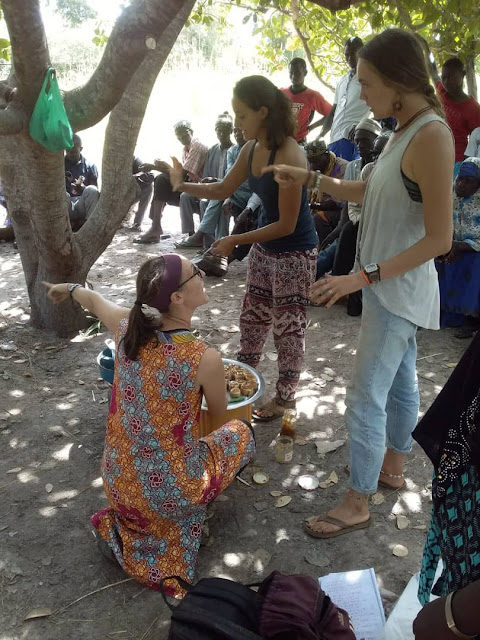Cashew Training

During the end of November and the start of December, a few of us volunteers in Kedougou embarked on a couple trips around the region to do cashew trainings. These three trainings were follow-up for the cashew trainings we conducted in June. With the growing season over, we wanted to gather everyone who planted cashews this year or has existing cashew trees to form a growers' association (or group) in each of the three locations. The goals of the growers' associations are to make sure people who have cashews know one another so that they can ask questions of one another, get seeds from each other, and eventually (about 5 years in the future when trees start to produce a lot of nuts) sell cashews together. Currently there are no major cashew producers in Kedougou, but a lot of people are starting to plant the trees. The climate in most parts of Kedougou is great for cashew production, so the region has the potential to generate lots of economic activity with cashew sales




